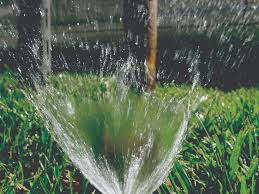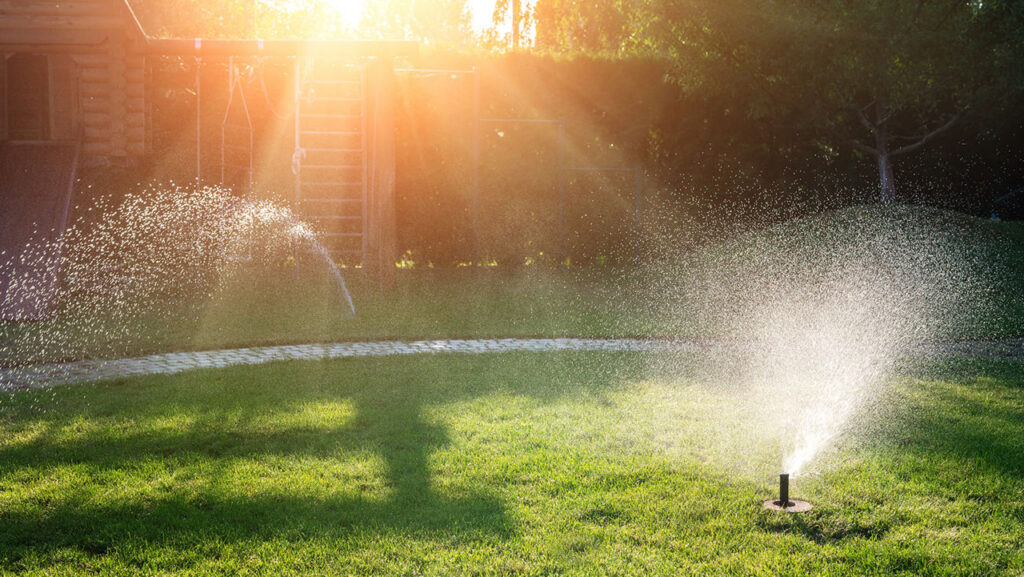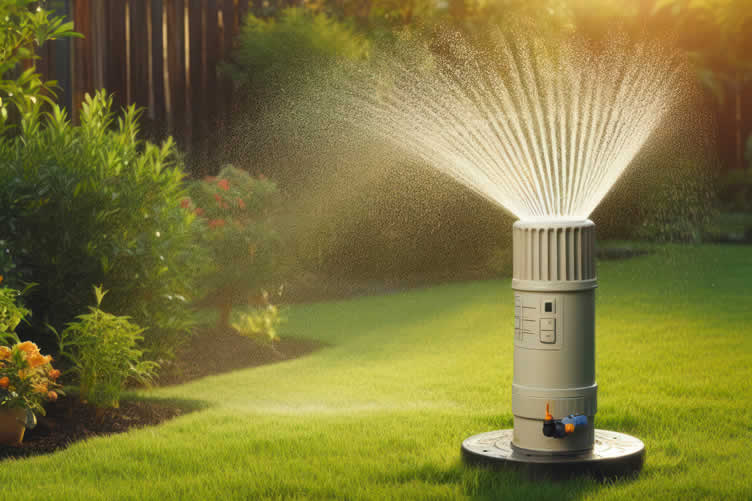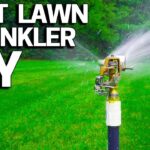Maintaining a lush, healthy garden or lawn often comes down to effective irrigation. One of the most critical components of any irrigation system is the sprinkler head. Whether you’re a homeowner trying to upgrade your garden or a beginner in landscaping, understanding the different types of sprinkler heads and their uses can make a world of difference.

What Are Irrigation Sprinkler Heads?
Sprinkler heads are the devices at the end of your irrigation system that disperse water onto your plants, lawn, or crops. They come in various shapes, sizes, and functionalities, each suited for specific needs. Choosing the right type depends on factors such as water pressure, the area to be covered, and the type of vegetation.
Types of Irrigation Sprinkler Heads
Below are the most common types of sprinkler heads:
1. Fixed Spray Heads
- Description: These sprinkler heads are stationary and spray water in a fixed pattern, such as full-circle, half-circle, or quarter-circle.
- Best for: Small lawns, flower beds, and shrubs.
- Advantages:
- Easy to install and maintain.
- Precise water application.
- Disadvantages:
- Not ideal for large areas.
- Prone to overspray if not positioned correctly.
2. Rotor Heads
- Description: Rotor heads rotate to cover a larger area, offering an even water distribution.
- Best for: Medium to large lawns and sports fields.
- Advantages:
- Covers large areas efficiently.
- Less water wastage due to better distribution.
- Disadvantages:
- Requires higher water pressure.
- More complex to install.

3. Impact Sprinklers
- Description: These sprinklers use a hammering mechanism to rotate and spray water.
- Best for: Large agricultural fields and areas with uneven terrain.
- Advantages:
- Durable and long-lasting.
- Adjustable range and spray pattern.
- Disadvantages:
- Noisy operation.
- May require frequent maintenance.
4. Drip Irrigation Emitters
- Description: These emitters deliver water slowly and directly to the base of the plants.
- Best for: Gardens, flower beds, and areas with delicate plants.
- Advantages:
- Saves water.
- Minimizes weed growth by targeting specific areas.
- Disadvantages:
- Not suitable for lawns.
- Can clog easily.
5. Bubbler Sprinklers
- Description: These release water in a bubbling manner rather than spraying.
- Best for: Trees, shrubs, and large plants.
- Advantages:
- Deep watering for large plants.
- Easy to adjust flow rates.
- Disadvantages:
- Limited coverage area.
- Requires careful positioning.
How to Choose the Right Sprinkler Head
Here’s a table to help you decide:
| Factor | Recommendation |
|---|---|
| Area Size | Small: Fixed Spray Heads |
| Medium to Large: Rotor Heads | |
| Uneven Terrain: Impact Sprinklers | |
| Plant Type | Lawns: Rotor or Fixed Spray Heads |
| Flower Beds: Drip Emitters | |
| Trees: Bubbler Sprinklers | |
| Water Pressure | Low: Drip Emitters |
| High: Impact or Rotor Heads | |
| Budget | Low: Fixed Spray Heads |
| High: Rotor Heads |
Installation Tips
- Plan Ahead: Map out the area to ensure optimal coverage without overlap.
- Test Water Pressure: Match the sprinkler type with the available water pressure.
- Mind the Environment: Avoid placing sprinklers too close to sidewalks or driveways to minimize water wastage.
- Regular Maintenance: Clean and inspect sprinkler heads periodically to prevent clogs and leaks.
User Feedback
Here are some experiences shared by users:
- John, Homeowner: “Switching to rotor heads reduced my water bills and ensured even watering across my lawn. Installation was straightforward, too!”
- Sarah, Gardener: “Drip emitters transformed my flower garden. My plants look healthier, and there’s less water wastage.”
- Mike, Farmer: “Impact sprinklers are a lifesaver for my large fields. They’re durable and handle uneven terrain with ease.”

Conclusion
Choosing the right sprinkler head can significantly impact your irrigation efficiency and plant health. By understanding the types, their uses, and the factors influencing your choice, you can design a system that meets your specific needs. Regular maintenance and thoughtful installation will ensure long-lasting performance and water conservation.
Investing in the right irrigation system today can save you time, money, and effort in the long run. So, whether you’re nurturing a small garden or managing a sprawling lawn, the perfect sprinkler head is out there for you!





